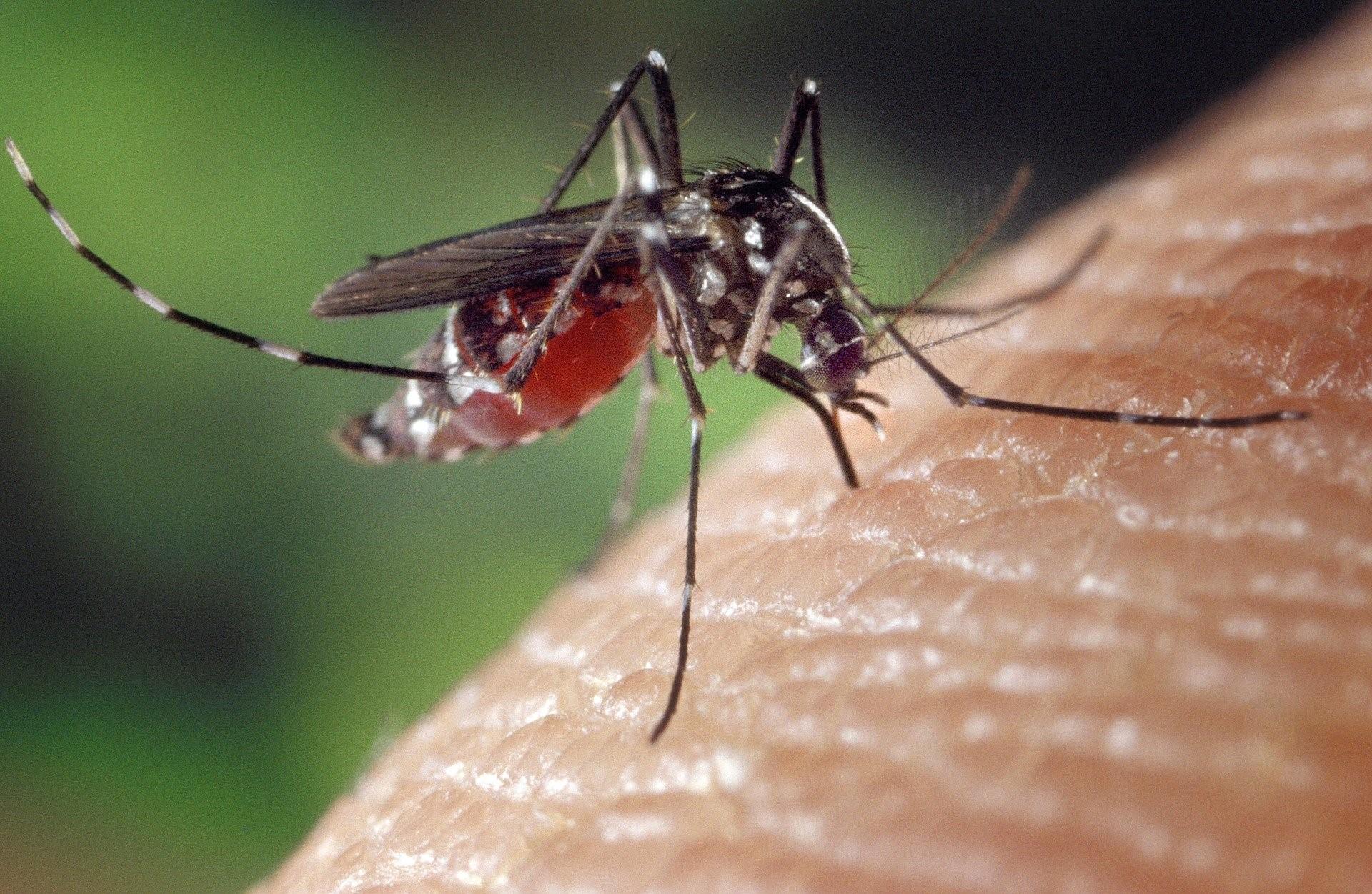A cell-based fluorescence resonance energy transfer (FRET) sensor reveals inter- and intragenogroup variations in norovirus protease activity and polyprotein cleavage
The viral protease represents a key drug target for the development of antiviral therapeutics. Because many protease inhibitors mimic protease substrates, differences in substrate recognition between proteases may affect their sensitivity to a given inhibitor. Here we use a cell-based FRET sensor to investigate the activity of different norovirus proteases upon cleavage of various norovirus cleavage sites inserted into a linker region separating cyan fluorescent protein and yellow fluorescent protein. Using this system, we demonstrate that differences in substrate processing exist between proteases from human noroviruses (genogroups I (GI) and II) and the commonly used murine norovirus (MNV, genogroup V) model. These altered the cleavage efficiency of specific cleavage sites both within and between genogroups. The differences observed between these proteases may affect sensitivity to protease inhibitors and the suitability of MNV as a model system for testing such molecules against the human norovirus protease. Finally, we demonstrate that replacement of MNV polyprotein cleavage sites with the GI or GII equivalents, with the exception of the NS6–7 junction, leads to the production of infectious virus when the MNV NS6 protease, but not the GI or GII proteases, are present.
